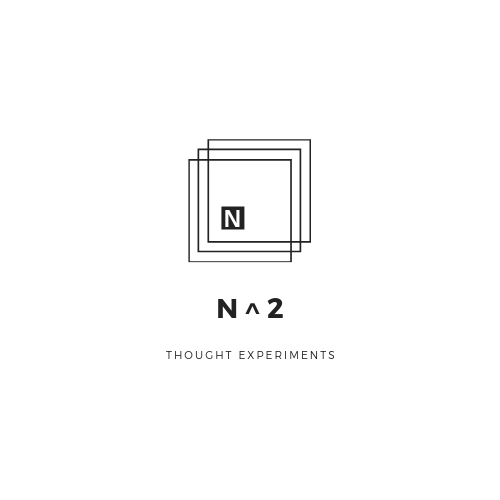The human mind can be thought of as a rider on an elephant. The rider represents controlled processing or conscious-level, active thinking and the elephant represents automatic processing or subconscious-level, passive ‘thinking’.
The struggle lies in the fact that the rider isn’t really in charge of the elephant. The rider can make suggestions and attempt to guide the elephant in the direction he or she wants to go, but let’s be real – the elephant is going to go where it wants to go 99% of the time regardless of the input from the rider.
It doesn’t help that most of our elephants haven’t been trained well. All of us are guilty of living with cognitive distortions, or irrational thought and behavior patterns that spiral us down toward anxiety and depression. Thoughts and actions, positive or negative, create feedback loops. Thinking in one fashion results in feeling and acting in a similar fashion, which reinforces that original thinking pattern.
In their book The Coddling of the American Mind, the authors Greg Lukianoff and Jonathan Haidt refer to these feedback loops as schemas, or “patterns of thoughts and behaviors, built up over time, that people use to process information quickly and effortlessly as they interact with the world. Schemas are deep down in the elephant; they are one of the ways in which the elephant guides the rider.”
The authors note that “what people choose to do in their heads will determine how…real problems affect them.” That means that our thought and behavior patterns, or schemas, create a self-fulfilling prophecy. So, we should do everything we can to stifle our negative, irrational patterns (cognitive distortions) and grow our positive, rational patterns. One way to work on this is through cognitive behavioral therapy (CBT).
CBT, developed by Aaron Beck, helps you to recognize when you’re falling prey to cognitive distortions. Once you’re aware that you’re subjecting yourself to these irrational thought and behavior patterns, you can deconstruct and rebuild them in a more a positive direction. In other words, you’re leveraging the ability of your rider (controlled processing) to retrain the elephant (automatic processing) in an effort to improve critical thinking and mental health.
Lukianoff and Haidt point out that “a disempowering schema can’t be disassembled in a single moment of great insight…With repetition, over a period of weeks or months, people can change their schemas and create different, more helpful habitual beliefs…” There isn’t any one Aha! moment – reconstruction of your thought and behavior patterns is a slow process that requires persistence and diligence, but is nevertheless very possible.
There are lots of CBT methods you can use to help yourself. My go-to activities revolve around meditation or mindfulness practice, breath-work, and journaling. I’ve found these exercises work really well for me when I’m consistent with them – I feel like life starts to slow down and becomes less overwhelming. But hey, that’s just what works for me, everyone’s different. I’d encourage you to explore this area and make the effort to find what works well for you so you can get to work reprogramming your mind.
Here’s a short video I made about this if you wanna check it out:
View this post on Instagram




